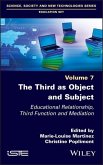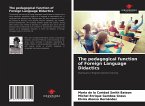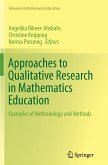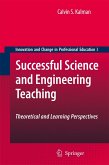`Contemporary thinking on philosophy and the social sciences has been dominated by analyses that emphasise the importance of language in understanding societies and individuals functioning within them; important developments which have been under-utilised by researchers in mathematics education. This book reaches out to contemporary work in these broader fields; drawing on original sources in key areas such as Gadamer and Ricoeur's development of hermeneutics, Habermas' work in critical social theory, Schutz's social phenomenology, Saussure's linguistics and the post-structuralist analysis of Derrida, Foucault and Barthes. Through examining the writings of these major thinkers it is shown how language is necessarily instrumental in developing mathematical understanding; but a language that is in a permanent state of becoming, resisting stable connections to the ideas it locates. The analysis offered extends from children doing mathematics to teachers inspecting anddeveloping their own professional practices.'
`Mathematics Education and Language is a highly recommendable book. The book contains many richly described episodes of mathematical activities.'
Linguistics and Education, 12:2 (2001)
Linguistics and Education, 12:2 (2001)
`Mathematics Education and Language is a highly recommendable book. The book contains many richly described episodes of mathematical activities.'
Linguistics and Education, 12:2 (2001)
Linguistics and Education, 12:2 (2001)








